Minimalism is the pursuit of removing possessions, activities, and relationships that make life harder to enjoy. The pursuit of happiness through intentional removal, rather than the continued ‘more, more, more’ of consumer culture.
I recently participated in the minimalist game, a 30 day challenge to remove material possessions from your life. On the first day, you get rid of one thing. The second day, you get rid of two things… etc. Here’s the photographic journey of my #MinsGame, even if I didn’t make it the full thirty days.


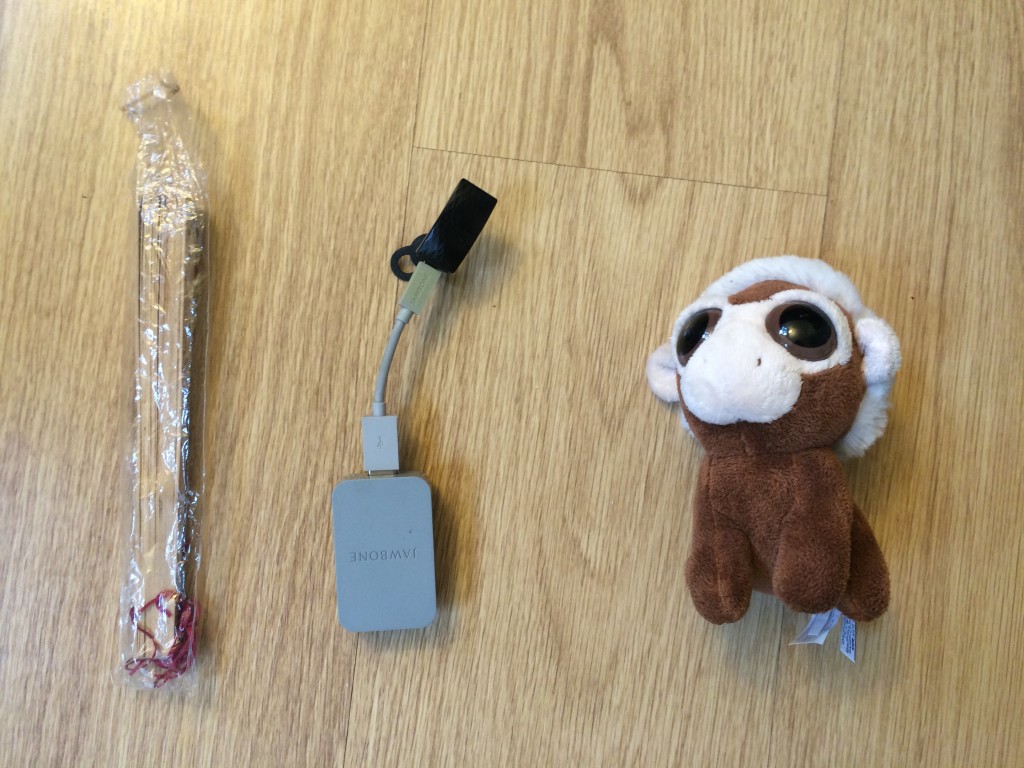
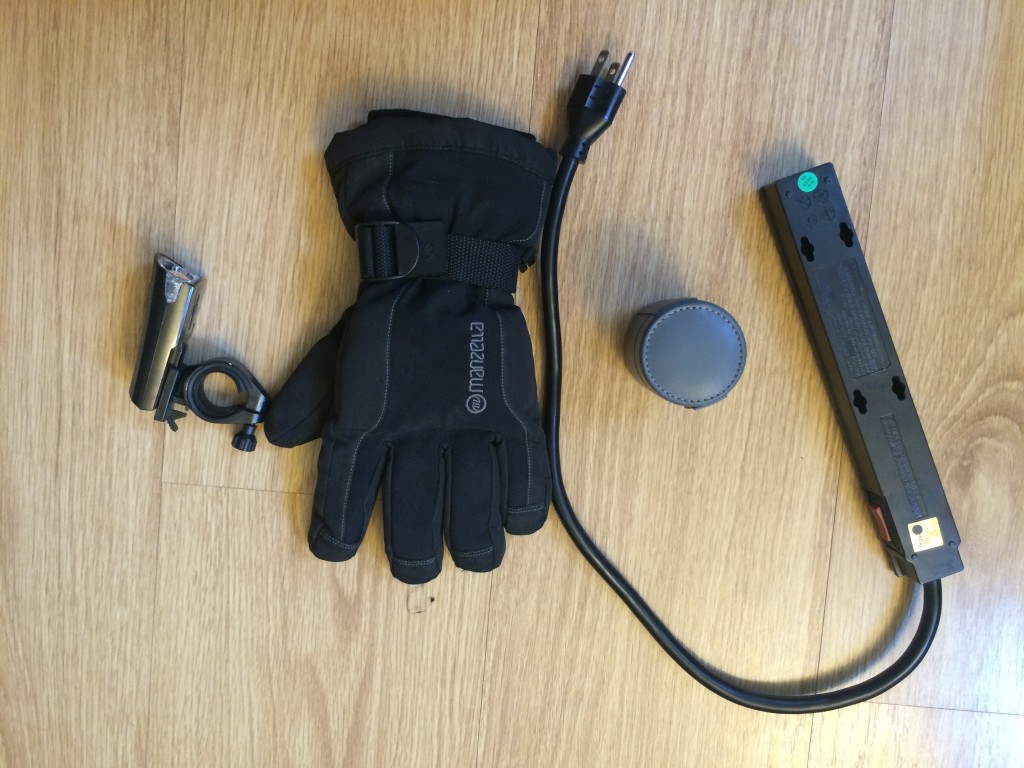
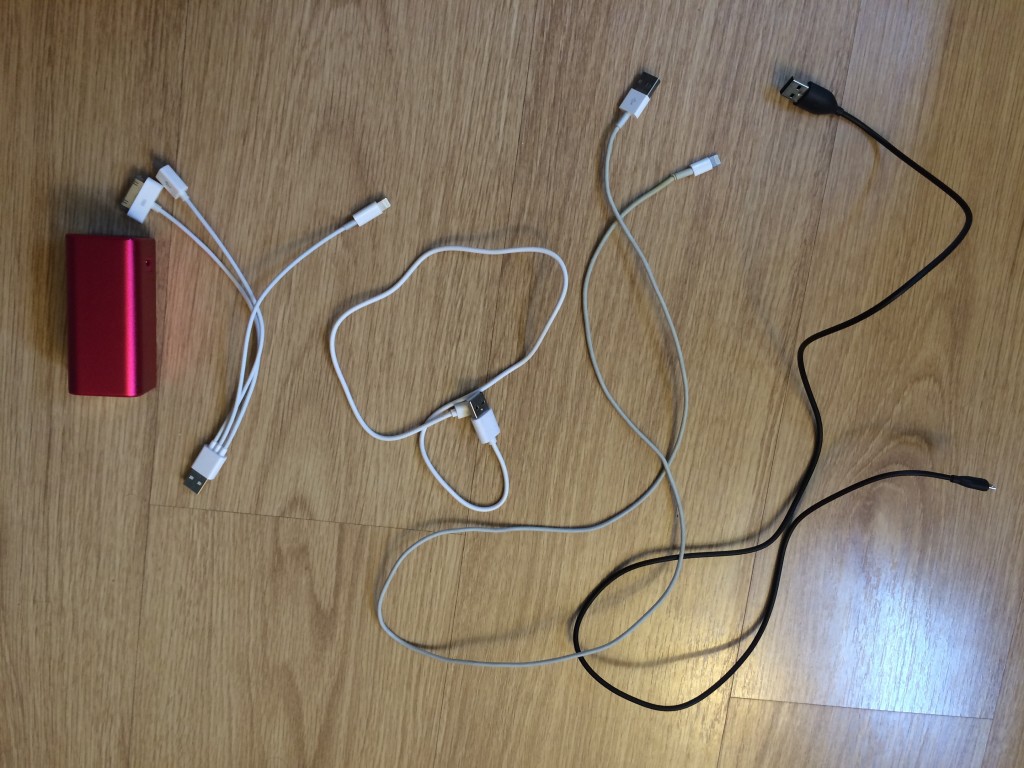

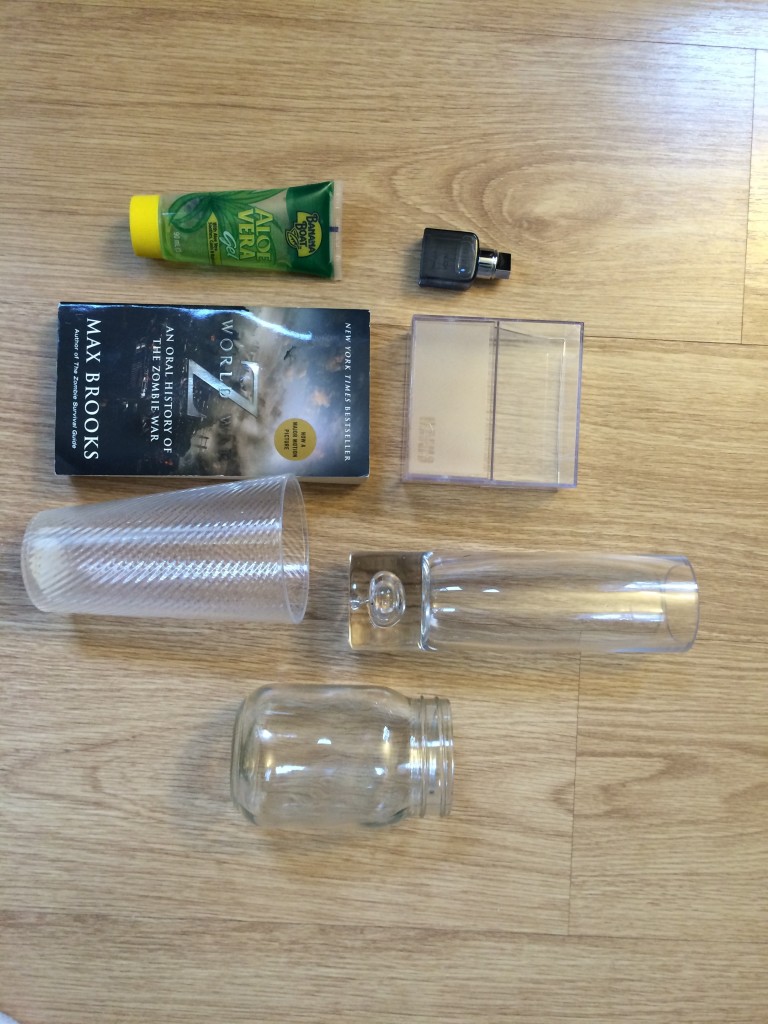
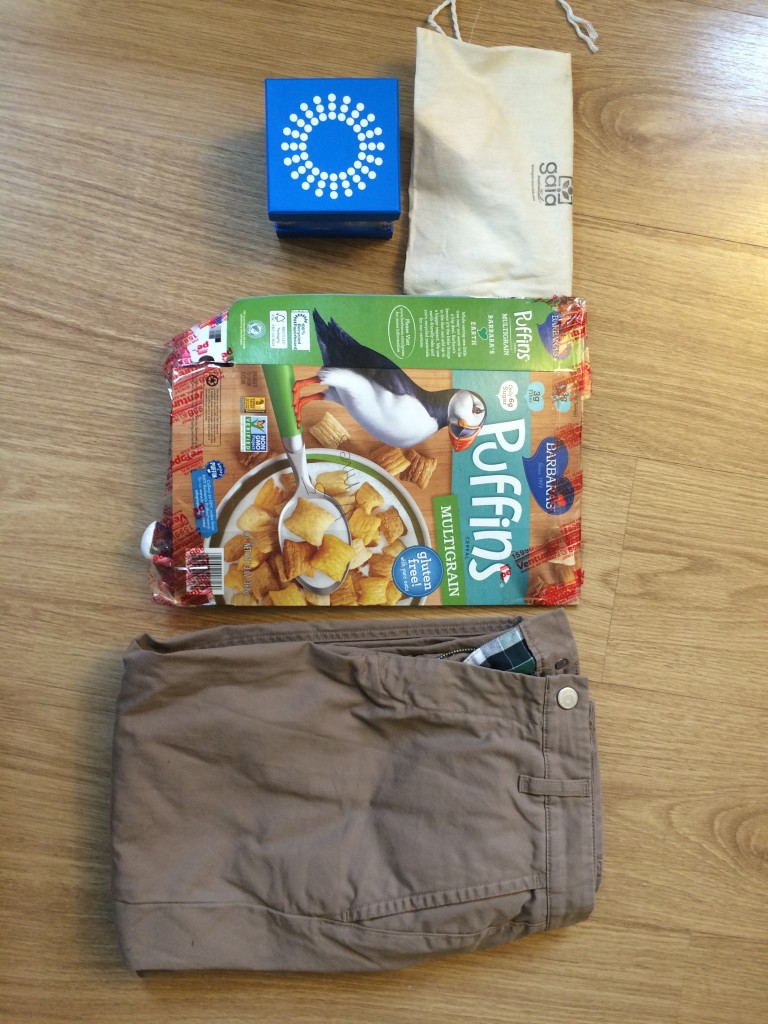
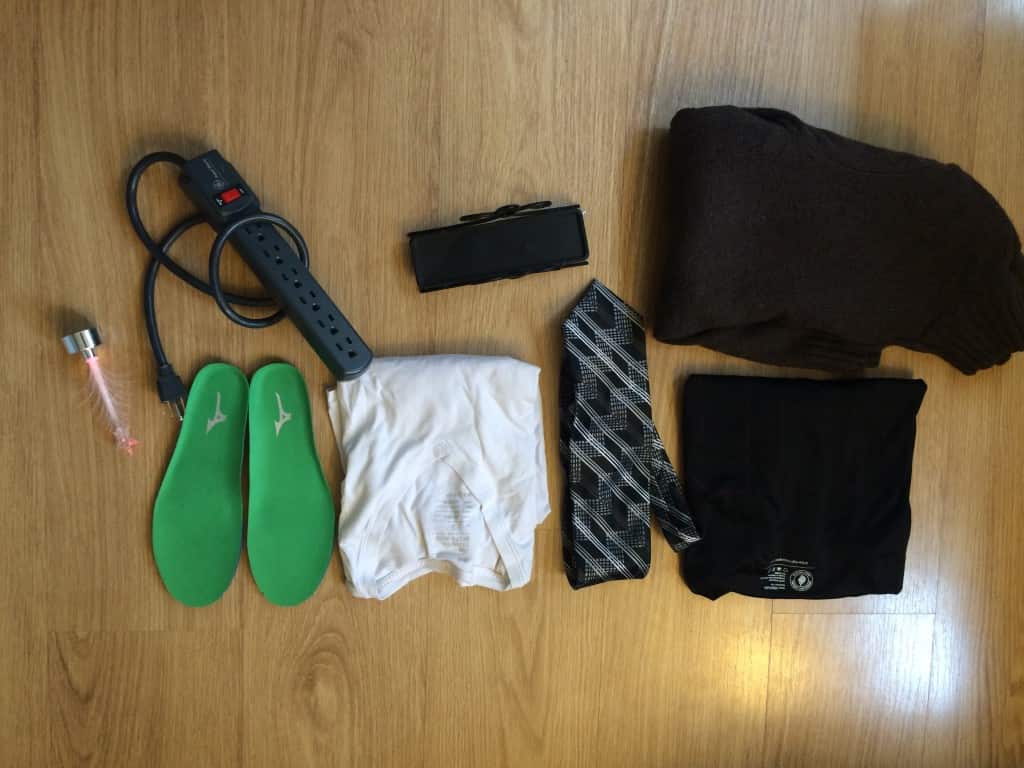
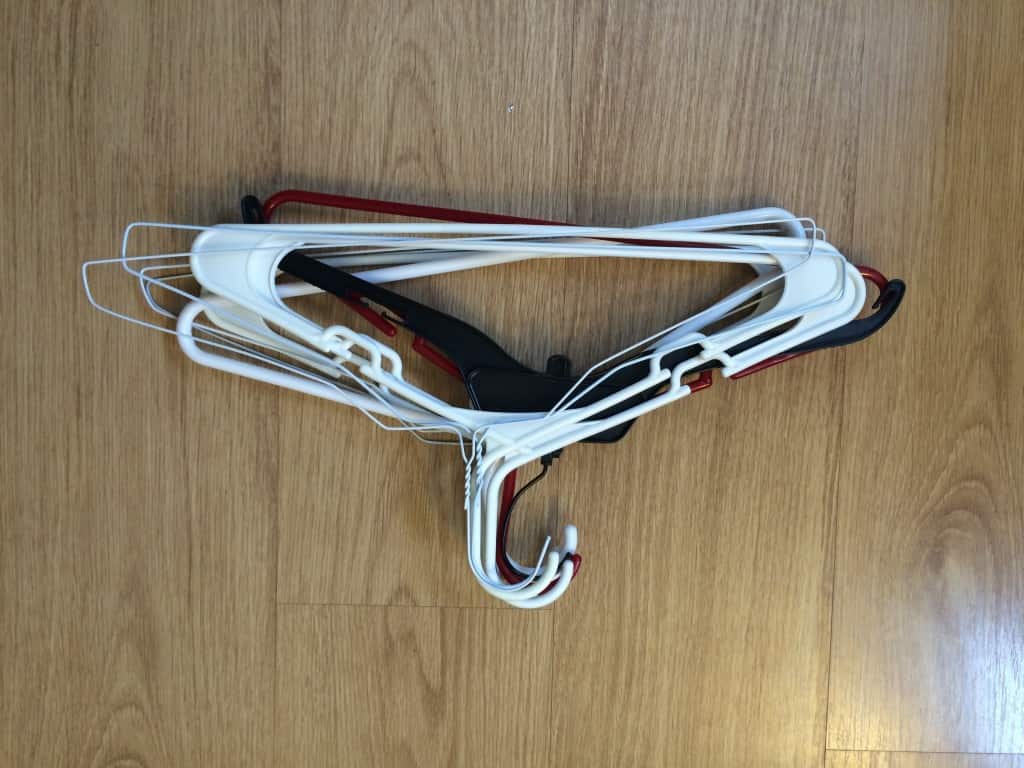
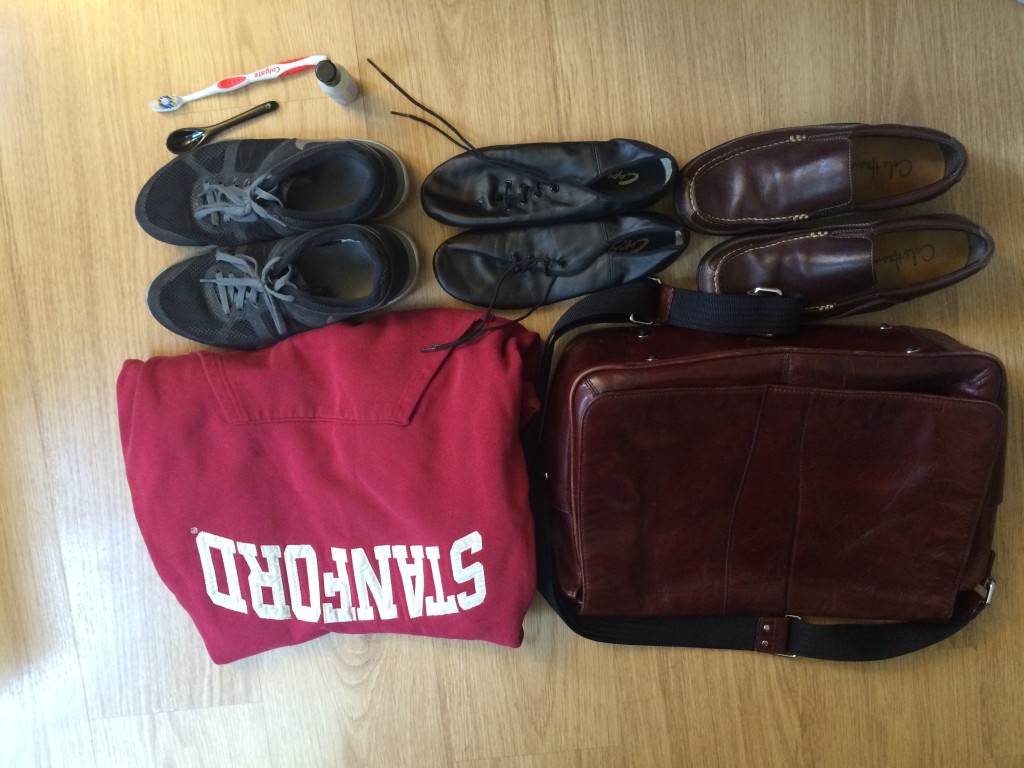

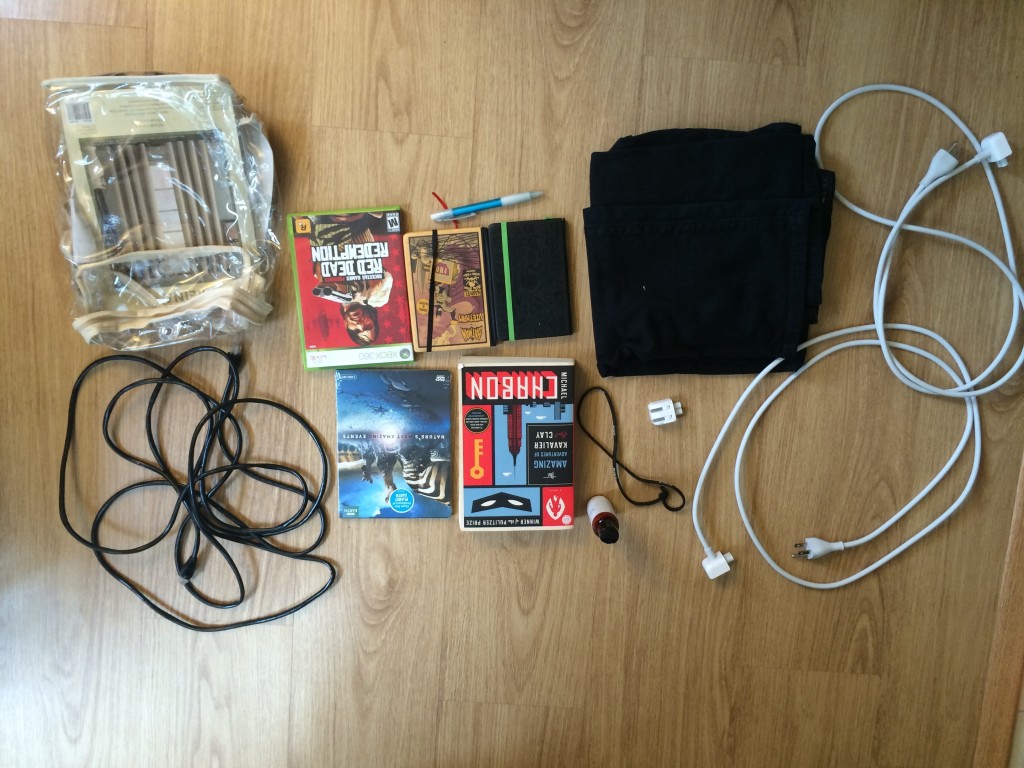
Thirteen days, which seems like a failure if you follow the rules of the game strictly, but in reality means I rid myself of an additional ninety one items. Playing the game was both harder, and much easier than expected. I already live in a very small apartment, and don’t have an excessive amount of things; however it was easy to find a small layer of cruft to throw away. Things like the extra hangers, sample shampoos, cords I no longer need, and murderous sunscreen were easy to get rid of.
Other items were an entirely different story, which is common in material cultures. Thoughts like “Ahh this creepy monkey has been with me since my sophomore year of college” or “I bought this phone in Vietnam during my epic motorcycle journey”, which are accompanied by a journey into the past. Good memories, bad memories, ok memories tinged by positivity; they all come flooding back when you unearth a physical possession you had forgotten about. In some ways, the hardest part of letting go of material possessions is because we use them as hard drives for our memories. The instinct to hoard odd items is driven by an emotional response to the memories you cherish, not the item itself.
Have you ever heard of mind palaces? It’s a memorization technique in which you think of a place you are familiar with architecturally. Then, you walk through the front door and begin to place memories in little alcoves throughout the whole building. When you want to retrieve something, you walk through the front door, checking in all the alcoves until you come to the memory you are looking for. Formally known as the ‘Method of loci’, this memorization technique is used by memory champions around the world and it’s strength lies in utilizing spatial memory.
Mind palaces and hoarding are incredibly similar, except for the fact that one is purely digital inside our own brains and one utilizes the space around us to create a physical mind palace. People will always want their memories. Memories are key to our experience as a human, because the sum of our memories create the people you see everyday. The question that keeps coming up for me as I journey into minimalism revolves around the storage of memories and how often those memories should be accessed. By taking away the physical objects in my life, I’m forced to place the memories associated with those objects elsewhere. For now, I’ve displaced those memories into the photos you see above. I’m scared of letting those memories go, for the same reason that I’m terrified of dementia or Alzheimer’s, I believe those memories are fundamental to the fabric of my being.
Like the Mirror of Erised, these memories are a double edged sword. The trick is to treasure them, but not to dwell on them. Being in the present, with the ability to create new memories, is the core of minimalism. Transporting old memories into a storage mechanism that is portable, rather than a shit load of material possessions, frees my mind from the burden of seeing them all the time while maintaining my confidence that I can still access them. In essence, those material possessions become my own version of the Mirror of Erised; something that’s hard to let go of, but ultimately leads to a better life.
Cheers to minimalism, and living in the present.